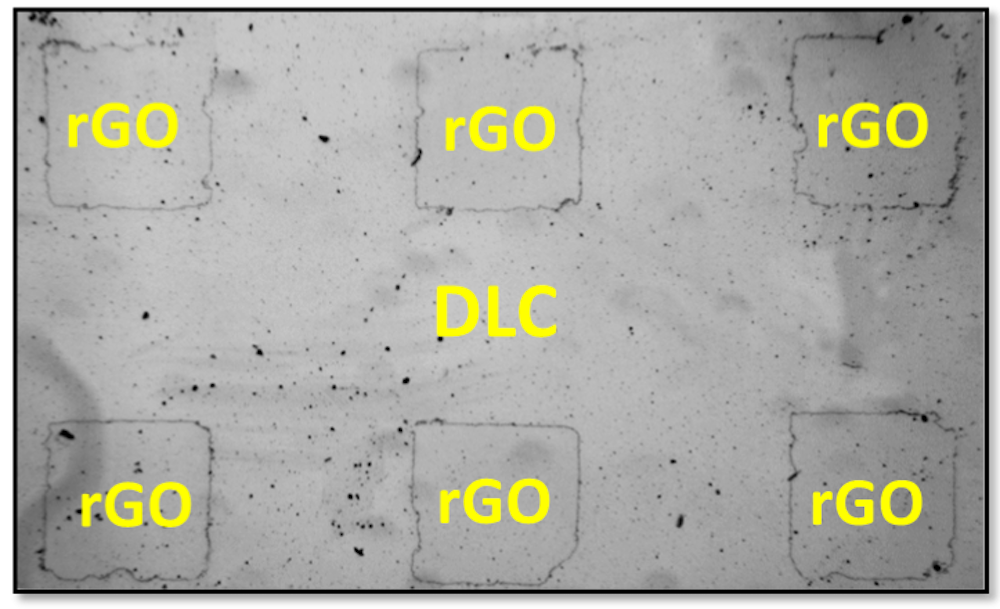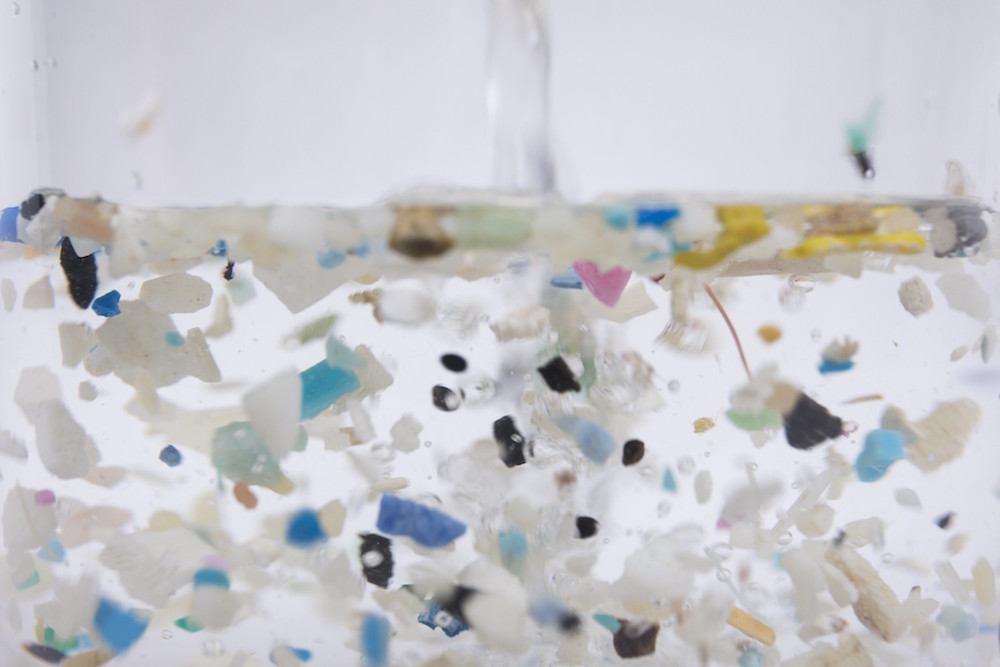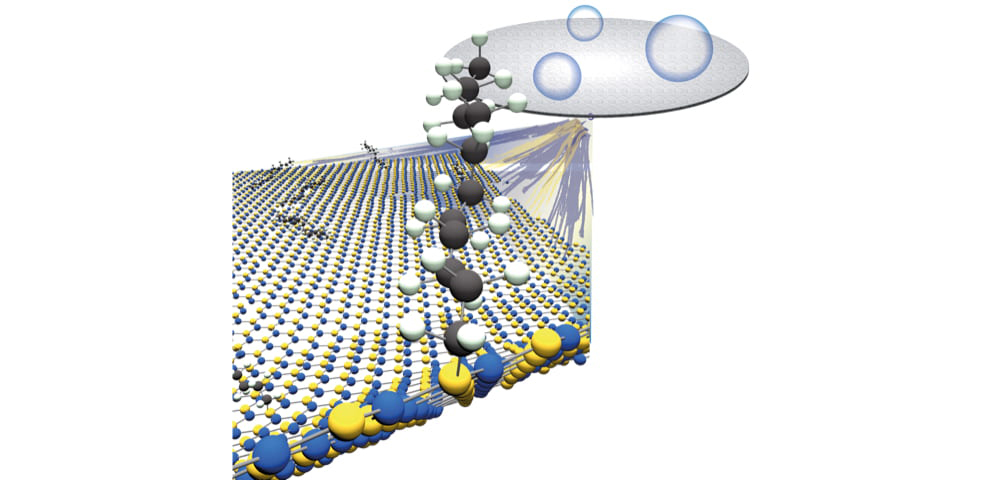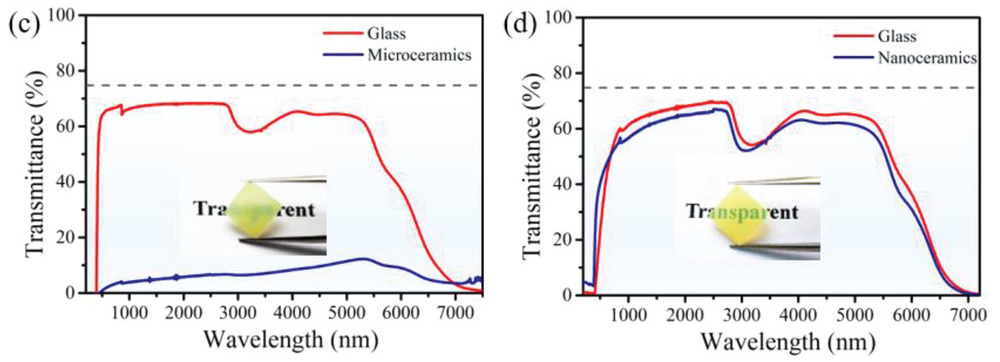To advance carbon-based technologies, simpler techniques to process carbon materials are needed. Researchers at North Carolina State University actively investigate pulsed laser annealing for this purpose and recently discovered the technique can create reduced graphene oxide.
Read MoreTitanium dioxide is the second most common pigment used in tattoo inks. Yet researchers of two studies warn nano-TiO2 could travel to your lymph nodes—and bring metal particles from the needle along with it.
Read MoreMicroplastic pollution is a threat to marine ecosystems. A research collaboration between several Australian and Chinese universities created carbon nanosprings that can break down microplastics into compounds that dissolve harmlessly in water.
Read MoreHexagonal boron nitride (h-BN) has many excellent properties but does not bond well with other elements. Chemists at Rice University found a particular reduction reaction allows h-BN to bond readily with carbon chains.
Read MoreReducing oxide glass brittleness is an active area of research. Researchers at the University of California, Los Angeles, created a tough oxide glass with a stress-modulus relationship near the theoretical limit by dispersing nanoparticles in a glass melt.
Read MoreResearchers at Texas A&M University found antioxidants such as vitamin C keep MXenes from rapidly degrading. Their finding could significantly increase the shelf life of MXenes, which would help industry bring MXene-based technology to fruition.
Read MoreTransparent ceramics offer advantages over conventional glass and single-crystal technologies—could transparent nanoceramics be even more advantageous? Researchers show how pressureless glass crystallization could offer an easier way to synthesize transparent nanoceramics.
Read MoreCompared to common metallic catalysts, researchers from MIT, Harvard, and NIST found sodium catalysts synthesize carbon nanotubes at far lower temperatures and do not leave residue behind in the final product.
Read MoreMust perovskite oxide films consist of a minimum number of layers to retain stability? Researchers in China and the United States found a specific deposition technique lets them deposit freestanding perovskite sheets thinner than a suggested critical limit.
Read More









